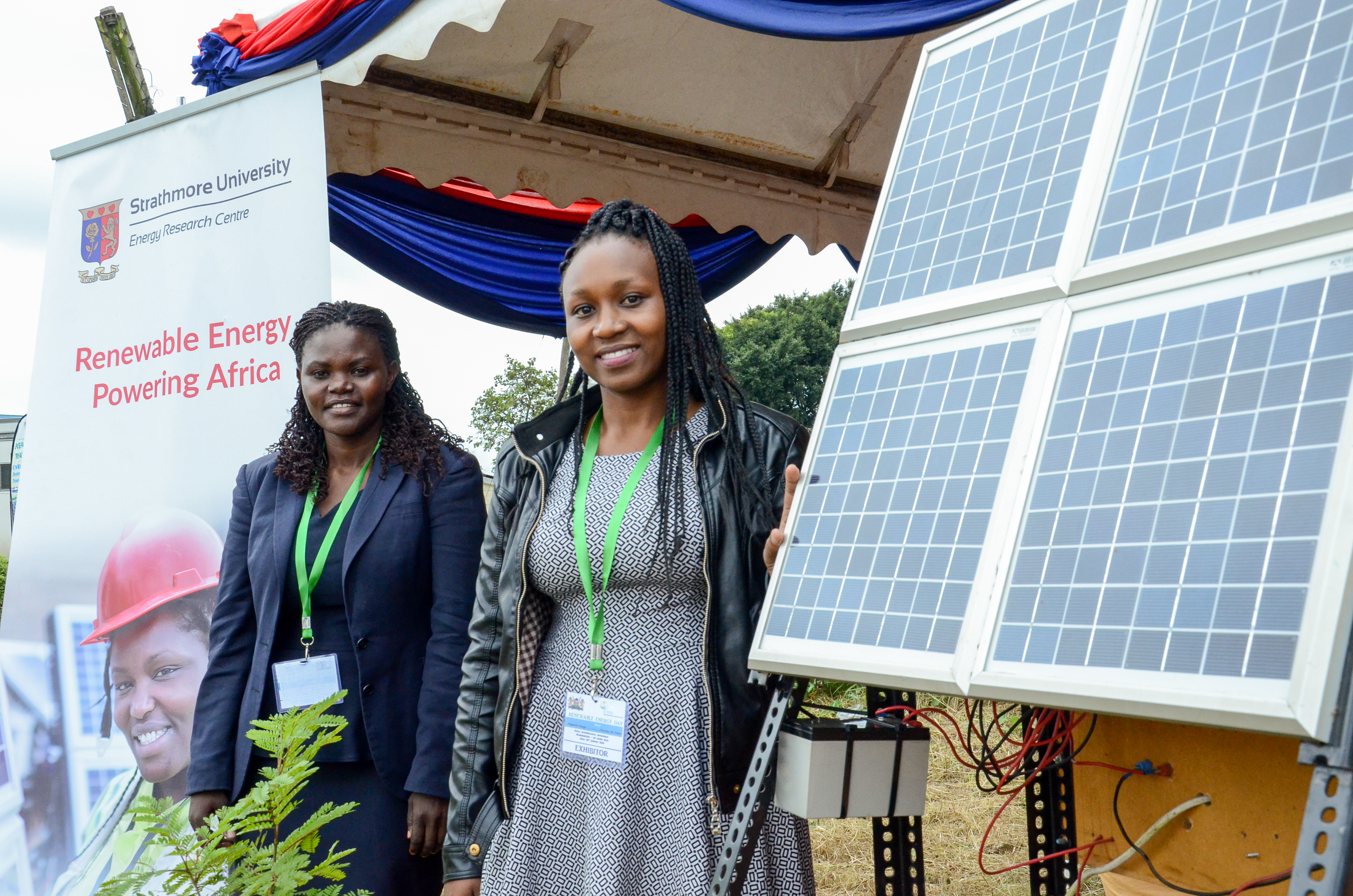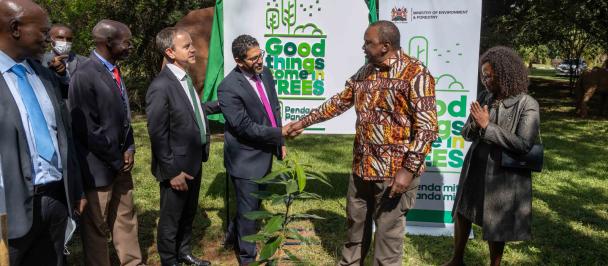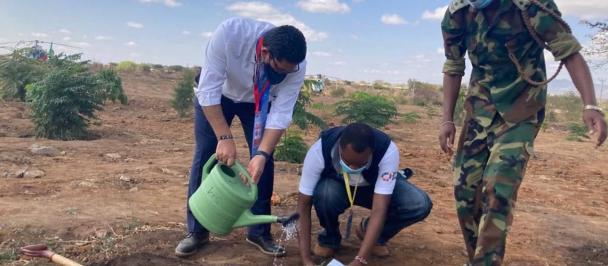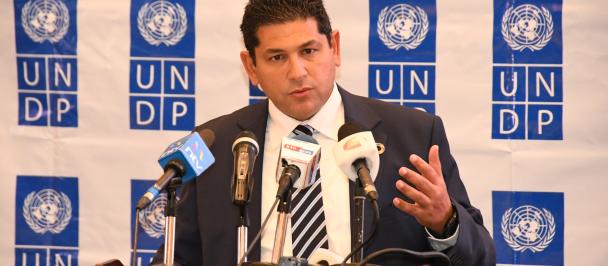Low Emission and Climate Resilient Development in Kenya (LECRD)
Background
The development agenda for Kenya is being widely affected by climate change and its resultant impacts, which could cost the economy as much as USD 500m a year (approximately 2.6% of GDP): thus, the cumulative impacts of climate change have the potential to reverse much of the progress made towards development goals and Kenya's Vision 2030. Climate change also has the potential to exacerbate existing inequalities in Kenya, given social and economic marginalization of populations in arid and semi-arid (ASAL) regions, which are seeing accelerating drought cycles and increases in extreme weather events, such as flash floods.
In 2013, Kenya implemented a devolved system of national and county governments; therefore, climate change needs to be integrated in different levels of planning and budgeting to be addressed effectively. Although Kenya's emissions of GHG are negligible relative to global levels, a confluence of population growth, economic growth and rapid urbanization will likely increase future emissions. Climate change impacts on different sectors of the Kenyan economy to various degrees of magnitude and in varying ways, calling for innovative solutions to enhance resilience for vulnerable populations and production systems, particularly in ASAL areas - however, although individuals and institutions are generating significant amounts of knowledge materials towards progressing this, there are still limited sharing practices and systems.
Project objectives
The Low Emission and Climate Resilient Development (LECRD) project will strengthen the national climate change coordination processes; contribute toward enhancing access to clean and efficient energy systems; support development of a national sustainable greenhouse gas (GHG) inventory system; facilitate improved national and county-level decision making on climate change interventions; support capacity building of a climate knowledge management system; and contribute towards minimizing the impacts of extreme climate events for improved and resilient livelihoods. The project will build on the results of the UNDP Africa Adaptation Programme and the ongoing Low Emission Capacity Building Programme implemented by the Ministry of Environment, Water and Natural Resources.
The ultimate goal of the UNDP LECRD project is to support Kenya's efforts to pursue long-term, transformative development and accelerate sustainable climate resilient economic growth, whilst slowing the growth of greenhouse gas emissions. The individual objectives which collectively contribute to this goal are:
- To strengthen capacity for low emission development in Kenya
- To build national and county-level institutions' capacity to better coordinate climate change activities and finances
- To enhance decision making for increased resilience to climate change impacts
- To promote climate-smart technologies and business opportunities

 Locations
Locations



